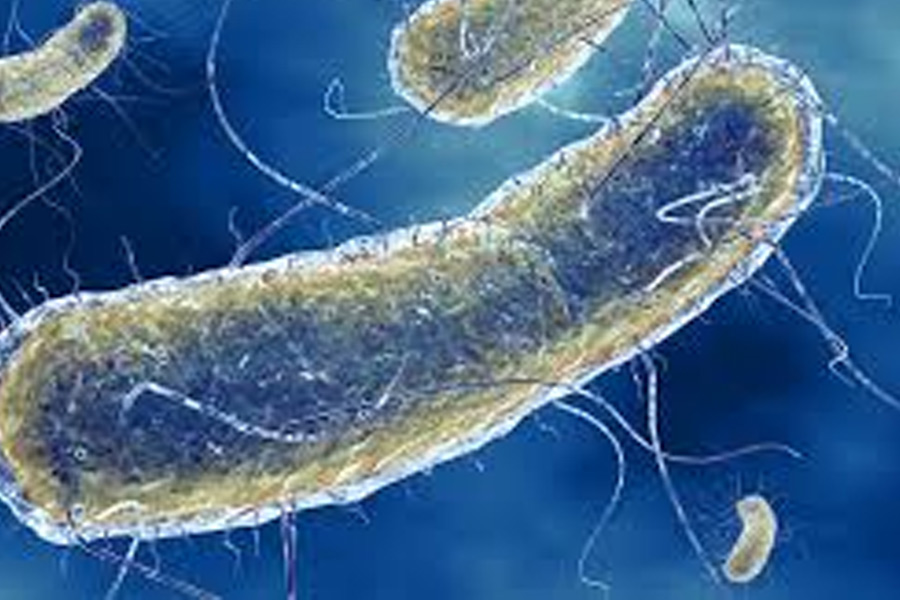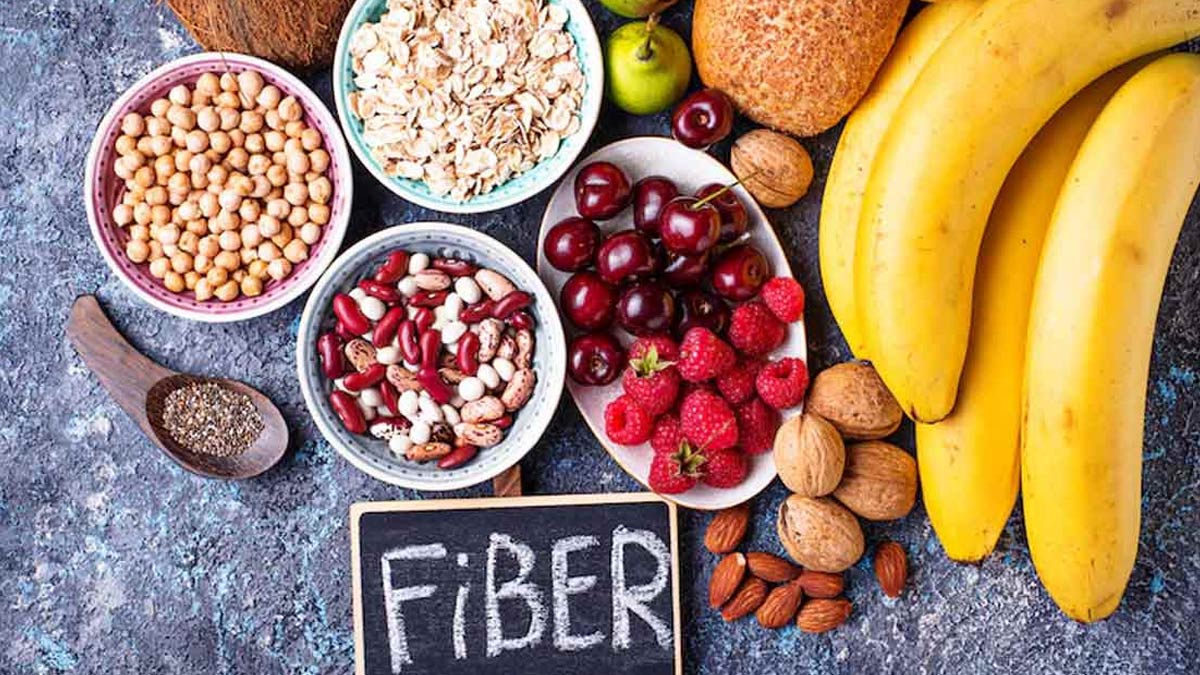
A recent study has revealed a potential link between high-fibre diets and protection against harmful gut bacteria such as E. coli. Researchers analyzed the gut microbiomes of over 12,000 individuals across 45 countries and discovered that those with higher levels of a beneficial bacterium, Faecalibacterium, were less likely to harbor dangerous microbes. These findings, published in Nature Microbiology, underline the critical role of dietary fibre in supporting gut health.
Table of Content:-
The Role of Fibre in Supporting Gut Health
Fibre, abundant in whole grains, vegetables, and fruits, has long been celebrated for its benefits to digestion, cardiovascular health, and weight control. Now, it appears fibre may also contribute to the suppression of harmful bacteria in the gut. According to the study, Faecalibacterium thrives on dietary fibre, producing short-chain fatty acids as a byproduct. These compounds are known for their anti-inflammatory properties and overall benefits to gut health.
Reduced levels of Faecalibacterium have been associated with gastrointestinal disorders such as inflammatory bowel disease, highlighting its importance in maintaining a balanced gut microbiome.

Key Findings from the Study
The research, led by Dr Alexandre Almeida, a fellow at Cambridge University, relied on stool samples from 65 studies spanning 45 countries. By analyzing these samples, scientists identified patterns linking microbiome composition to the prevalence of harmful bacteria.
“Our gut microbiome plays a significant role in reducing the growth of potentially harmful bacteria,” said Dr Almeida. He emphasized that diet, particularly fibre intake, appears to modulate this effect. However, he cautioned that the study is observational, meaning it establishes associations rather than direct causation. The findings suggest that eating fibre-rich foods—such as vegetables, beans, and whole grains—might help foster a gut environment less conducive to dangerous microbes.
Also Read: H5N1 Alert: US Health Department Accelerates New Bird Flu Vaccine Development Amid Pandemic Scare
Beyond the Microbiome: Other Benefits of Fibre
While the connection between fibre and gut bacteria warrants further experimental studies, experts agree there are plenty of other reasons to prioritize fibre intake.
Dr Walter Willett, a professor of epidemiology and nutrition at Harvard, noted that fibre’s benefits extend to managing diabetes, aiding weight control, and reducing cardiovascular disease risk. Despite its advantages, most adults fail to meet the recommended daily intake of 30 grams, consuming only about 58% of that amount on average.

Dr.Daniel Freedberg, a gastroenterologist at Columbia University, echoed these sentiments, stating that fibre can alleviate gastrointestinal issues like constipation and diarrhea. “Fibre is beneficial for both conditions,” he explained, adding that high-fibre diets might also protect colon health.
Practical Tips for Increasing Fibre Intake
Incorporating more fibre into your diet doesn’t have to be complicated. Simple swaps and mindful choices can make a significant difference:
Also Read: Government Plans Duty Cuts On Rare Disease And Cancer Drugs To Relieve Patient Burden: Report
- Choose whole grains: Opt for whole-grain bread, pasta, and cereals over their refined counterparts.
- Load up on vegetables and fruits: Aim for a variety of colors and textures to maximize nutrient diversity.
- Experiment with high-fibre foods: Foods like lima beans (13.2 g per cup), raspberries (8 g per cup), and pumpkin seeds (5.2 g per ounce) pack a fibre punch.
For example, replacing toasted oat cereal with unsweetened bran cereal can dramatically increase fibre intake—from 3 grams per cup to 14 grams per half-cup serving.
The Future of Fibre Research
While the study stops short of proving that fibre directly prevents harmful bacterial infections, it adds to the growing body of evidence supporting a high-fibre diet. Future research may shed light on the exact mechanisms by which fibre influences the gut microbiome and its ability to combat harmful pathogens.
In the meantime, focusing on fibre-rich foods remains a safe and effective way to improve overall health. With its wide-ranging benefits, from enhanced digestion to reduced disease risk, fibre truly earns its place as a cornerstone of a healthy diet.
The latest research highlights a compelling link between dietary fibre and gut health, suggesting that simple dietary choices can significantly impact your microbiome. Whether through better digestion or a reduced risk of harmful bacterial infections, increasing fibre intake is a step toward a healthier, more balanced life.
Also watch this video
Read Next
Propose Day 2025: How to Propose a Healthier Lifestyle to Your Partner This Valentine’s Week
How we keep this article up to date:
We work with experts and keep a close eye on the latest in health and wellness. Whenever there is a new research or helpful information, we update our articles with accurate and useful advice.
Current Version